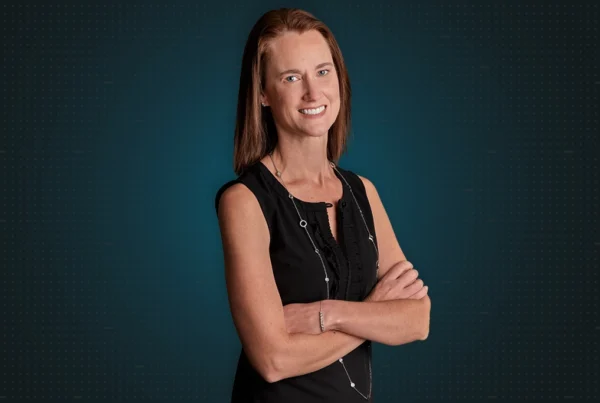The second round of money — $310 billion – has been available since April 24. When that funding was released, many banks cautioned that they already had enough applications in queue to soak up all the money, even if no new applications came in. As of May 8, according to the SBA, $189 billion in loans had been approved. As of May 14, at least some money remains.
Why has this second tranche of money lasted so much longer? “With hindsight, the world has completely changed from Round 1,” says William McDevitt, head of the tax practice at accounting firm WilkinGuttenplan, which serves clients from offices in New Jersey and New York City. Many companies first got PPP loans thinking the eight-week forgiveness period would be enough time to get them to a reopening. That now seems less certain, causing many to wonder if the loans, while potentially good for employees, are also good for small businesses.
The most obvious reason that PPP money remains is that the average loan size has come down dramatically — from $206,000 in the first tranche to $73,000 in the second round. That’s partly because self-employed individuals and other single-person businesses weren’t allowed to apply for the loans until April 10, a full week after employer businesses became eligible. It’s also because banks made it clear that they would take applications from their own customers, and those with whom they already had credit relationships, first. Those tended to be larger businesses. And the very smallest businesses are the ones least likely to have accountants and other advisors to help them through the applications process.




